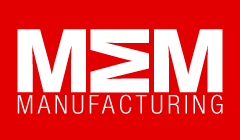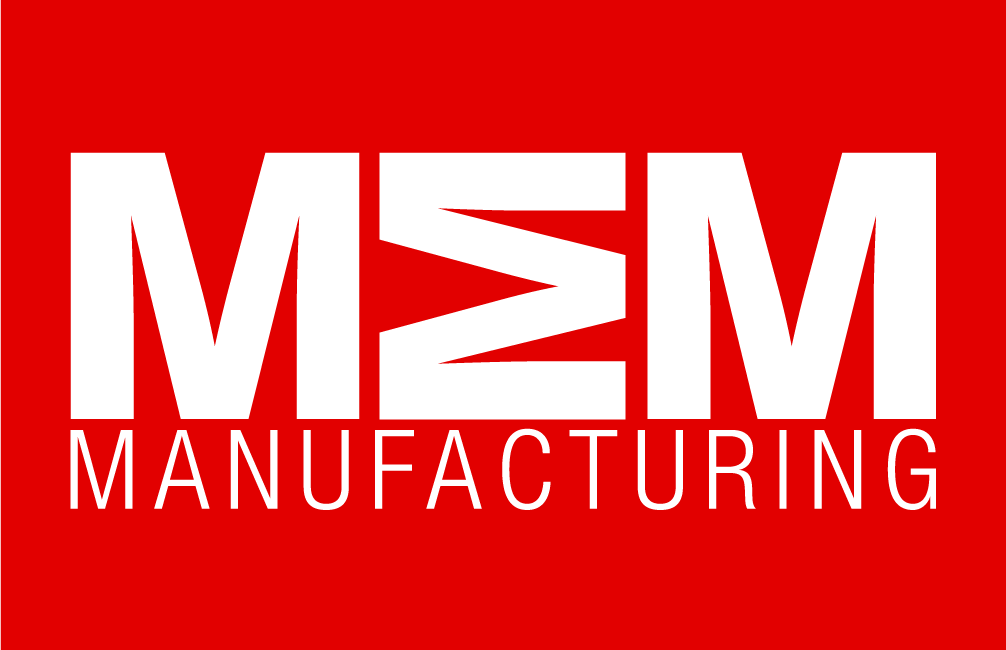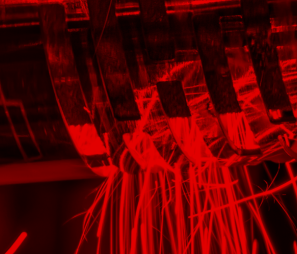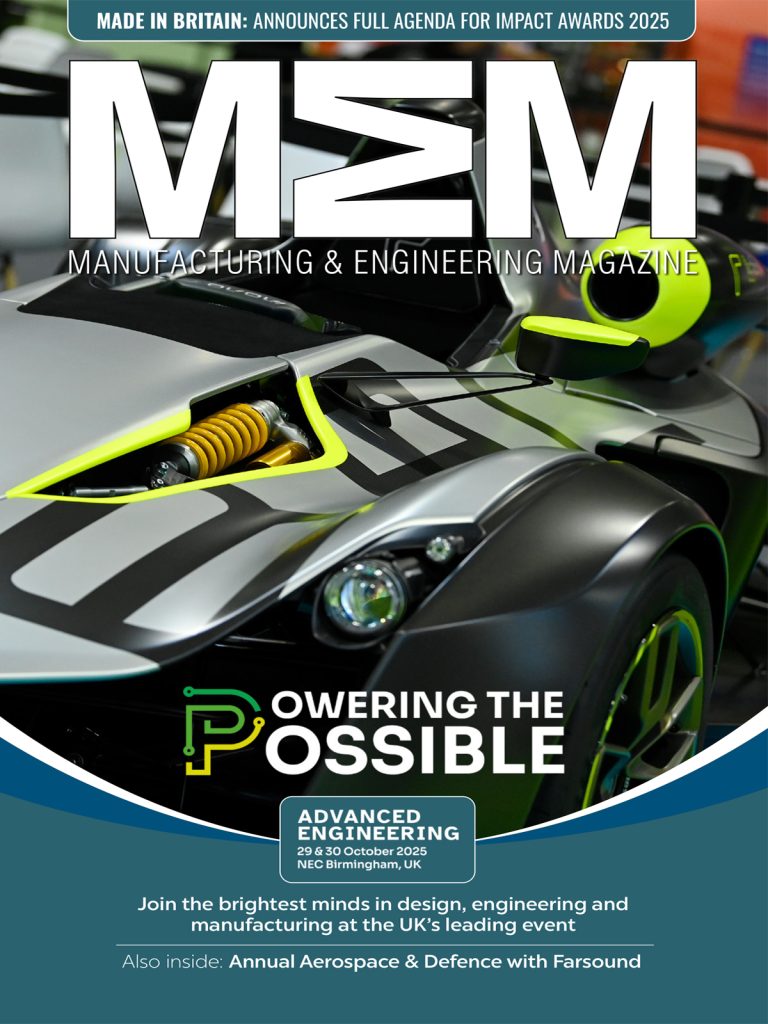The inside story on the world’s biggest 3D printed aero component : Rolls-Royce has produced the largest ever civil aero engine component using 3D printing. Working with the Manufacturing Technology Centre (MTC) in Coventry, which last week opened its new National Centre for Additive Manufacturing and Aerospace Research Centre, the British company printed the front bearing for a Trent XWB-97 engine, which is made from titanium and 1.5m across â about the size of a tractor tyre.
The component was not made in a single piece; it contains 48 aerofoil-shaped vane components, which were also made by additive manufacturing. The project also involved Sheffield University and 3D printing specialist Arcam, whose electron-beam machines were used to build the vanes. âOne of the things that was key to us is the MTC can analyse the powders â the core building material â manufacture the part and provide the analysis so we can assess the partsâ integrity before we assemble the component,â commented Clive Grafton-Reed , head of laser processes at Rolls-Royce. This has given us a good understanding of how we can recycle powder, which is core for the business case of the process, and how to classify flaws in the process.
The project also helped the MTC develop methods for working with large volumes of powders. âWhen these machines came in, they could handle an 80-hour build, which as the longest that theyâd been needed to do,â said Grafton-Reed. âBut we needed them to run for 120 hours, so it had to be robust and stable for 50 per cent longer than anything it had been asked to do before. The knowledge and learning from that has gone into the latest incarnation of Arcamâs machine, which is the same size but has greater capabilities, and the new users of the machine will get the benefit of our experience.â
The new machines have an electron-beam filament rated for 6-700 hours, and also incorporate active cooling of the built part; because titanium poder is flammable, the printing process must be carried out in a vacuum, which means radiative cooling tends to be slow. Active cooling allows the part to cool in 8-9 hours rather than 18 hours with previous machines.
Electron-beam machines produce larger parts at a faster rate than laser, explained Grafton-Reed. The surface finish is rougher, âbut these parts were going to be machined before assembly anyway so that wasn’t a problem.â
Rolls-Royce has been using additive techniques for around five years to repair components, but is now gearing up to use it to make larger components from scratch, often where previously they would have been cast. Other aerospace companies are also using the technique: Genberal Electric, for example, is now 3D-printing fuel injection nozzles for its latest civil jet engines. The project has been a key step in proving the industrial viability of the process, and shortening manufacturing lead times in this application by more than 30 per cent compared to developing components of this type using conventional methods of manufacturing,â commented MTC chairman Clive Hickman. There is no doubt that additive manufacture has the potential to transform manufacturing in the future.
The engine bearing has been put through a series of ground trials, and Rolls-Royce plans to fly it for the first time later this year, when it will be installed into an engine on the companyâs Boeing 747 flying test bed.
The MTCâs National Centre for Net Shape and Additive Manufacturing was funded from a £60million grant for aerospace technology development at the MTC, awarded by Chancellor George Osborne last year. While not yet fully equipped â its powder atomisation facilities are yet to be installed â it employs 30 engineers, which will rise to 50 by the end of next year. Itâs no exaggeration to say that almost every field of human endeavour, from how we travel, to what we make and use in everyday life, to what we eat, to how we treat injury or illness is likely to be touched by this revolutionary technology, said MTC chief technologist Prof David Wimpenny.
Additive manufacturing enables parts which are too complex to be produced using existing manufacturing techniques to be made at the touch of a button. This is giving designers unrivalled freedom, unlocking their creativity and fostering a new generation of entrepreneurs able to explore new market opportunities without the high barriers to entry associated with conventional manufacturing. Moreover, it is possible to make a single part which is composed of several materials, each printed precisely where required to give the desired properties.
InnovateUK chief executive Ruth McKernan added: These ground-breaking facilities will further reinforce the MTC and the HVM Catapultâs capabilities as a world-class high value manufacturing research and technology organisation.
Manufacturing & Engineering Magazine | The Home of Manufacturing Industry News















